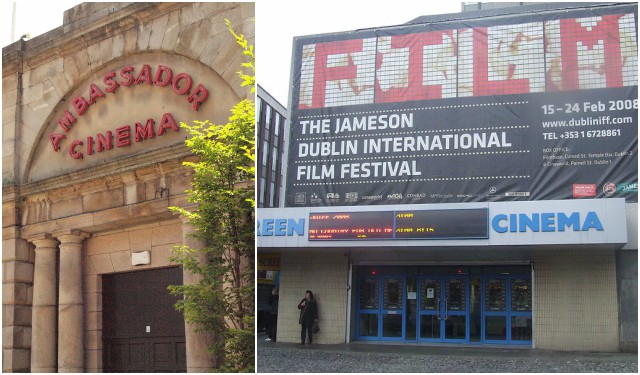For over a decade we all have been encapsulated by the magic and power of cinema. If we think about it for a second, its is quite extraordinary for an art form so new, today to be something that we all together anonymously love.
And that is where the film theater comes to play. That’s the place where all come together, the church for all who want to lose themselves and dive deep into another universe, a place very similar to our own, but not quite the same.
A mirror of our own existence and imagination. So it’s fair to say that if cinema is our church, we are its apostles. And we need that place. However, throughout the years, many cinemas have closed, and new have taken their place. It can be said that it is part of the process, but it will be a pity if we forget the ones that got there first.
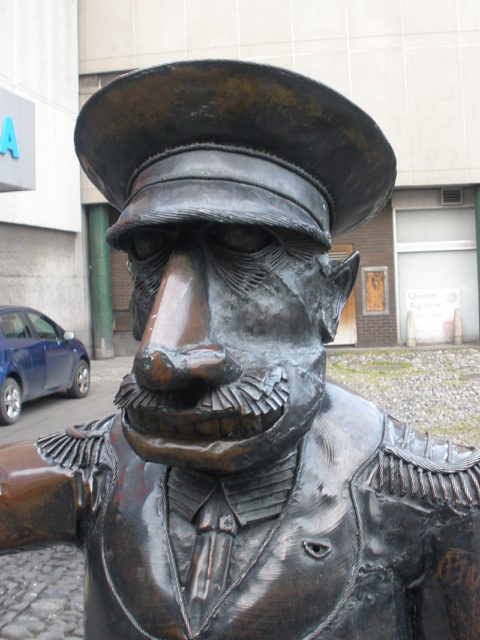
In this context, here are some of the most important cinemas in Dublin, who simply left their seats empty.
Ambassador Cinema
Closed since 1999, the Ambassador cinema was the longest running film theater in Dublin. Located at 165 Parnell Street, the Ambassador was built in 1764, as part of the Rotunda Hospital. Envisioned as an assembly hall and social gathering venue, it continued to operate that way till 1897, when it was renamed the Rotund Room.
At that point, the “motion pictures” business was just at its inception, but still, it stirred an enormous interest in the public as something new and exciting. First, the Rotund Room started hosting occasional screenings of films. Needless to say, the crowd was simply hooked and from 1908, this became to be a regular thing. In 1910, the Rotunda officially became a full-time cinema.
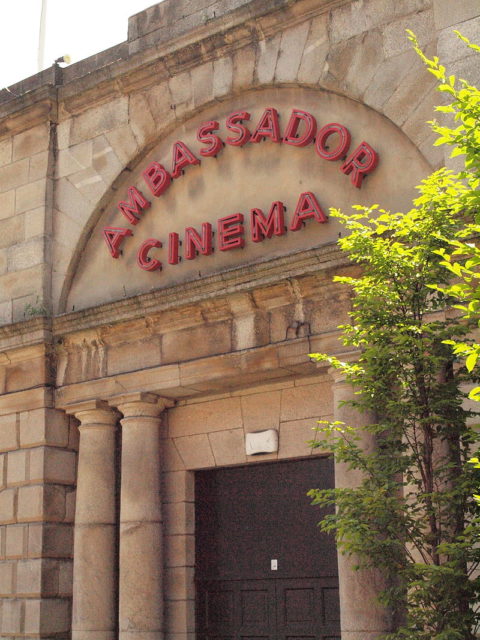
In the 1940s, the cinema was taken over by Capitol and Allied Theatres Ltd, who decided to completely redesign and expand the interiors of the building. By the 1950s, the place was fully invigorated. The capacity was increased to 1,200 seats with an additional balcony of 500 seats. Everything was good to go, and on 23 September 1954, the cinema held its grand reopening, officially becoming the Ambassador.
Until the 1970s, the Ambassador was a prestige cinematheque, routinely holding fabulous gala premiere openings and monthly program screenings of all kinds of films. One movie, in particular, that is worthy of mention is The Blue Max, a British war movie that was entirely shot in Ireland. However, from 1977 onwards, everything changed. The Ambassador was forced to close for a while, because of a change in management. The Green Group took over the business, who completely changed the program of the cinema, showing mainly children’s films and cartoons.
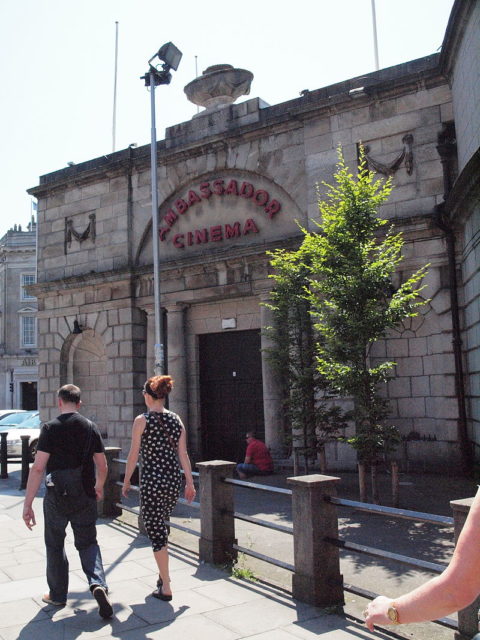
This lasted until 1988 when the interest in single-screen film showings faded and they had no choice but to close the Ambassador. In 1994, after being closed for 6 years, the Ambassador was sublet to Ward Anderson, Ireland’s biggest film chain. But even they couldn’t save the place from its inevitable closure. Attendances were getting lower and lower and the Ambassador simply couldn’t compete with the emerging of the new modern, ultra widescreen cinemas. Finally, on 27 September 1999, Ward Anderson decided to pull the plug, and after 45 years the Ambassador Cinema was history.
But, somehow this wasn’t the end. The Ambassador found a new purpose after MCD Productions rented the building as a concert and live music venue. It lasted in this form till 2008, and today, the Ambassador Cinema is an historic building for the city of Dublin, holding occasional art exhibitions and corporate events.
The Carlton Cinema
Located on Dublin’s O’Connell Street, the Carlton Cinema was one of the most beautiful film theaters in the city. And this gorgeous looking building, designed by architects Robinson & Keefe in Art Deco style is undoubtedly a true cinema treasure and one of the most recognizable venues in the city of Dublin.
23 years have passed since The Carlton closed its doors to the public on 20 October 1994, however, this former theatre that was 100% committed to showing movie magic on a daily basis still stands strong and proud. The facade is almost intact and the lavish interiors are exquisite as they ever been. One thing that is missing now is for those 2,000 seats to get a chance to be filled again, like in the glory days.
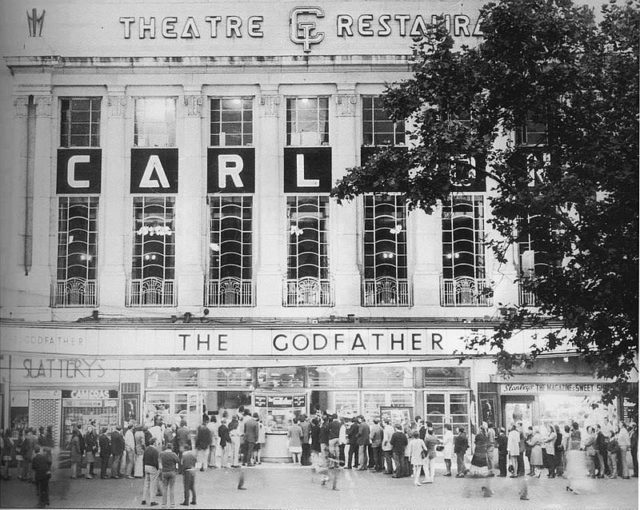
Erected on the site of the previous Carlton Cinema, it had its gala opening on 16 April 1938. The movie that played that night was the screwball comedy classic, The Awful Truth, starring Cary Grant and Irene Dunne.
During the 1950s, the cinema became to be known for its regular midnight showings of horror films, thus earning the nickname “the House of Horror”. In 1959, Associated British Cinemas took control over Carlton, and later, during the 1960s, they were replaced by EMI who incorporated concerts into the venue program. Artists like Johnny Cash, Duke Ellington, and Don Mclean are just some of the names who performed there.
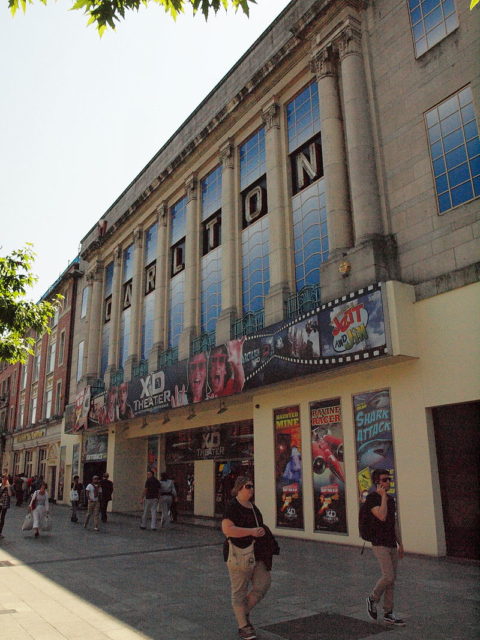
Later on, the management of the cinema changed again, which also proved to be the last. The American MGM production company were the ones who ran Carlton Cinema until the very end. The final film that was shown before the cinema’s closure was the movie classic Singin’ in the Rain.
Screen Cinema
This three-screen cinema is probably the latest one to be closed, shutting down its operation on 29 February 2016. The Screen Cinema was distinct because of its focus on world and art house cinema, showing all kinds of independent, author driven movies from around the world.
Located on the corner of Hawkins and Townsend Street, the cinema opened on 16 March 1972, under the name The New Metropole. It was the site of a previous film theater, The Regal, which was demolished in 1962. At first, the cinema only had a single screen auditorium, but in 1982 an additional two were created.
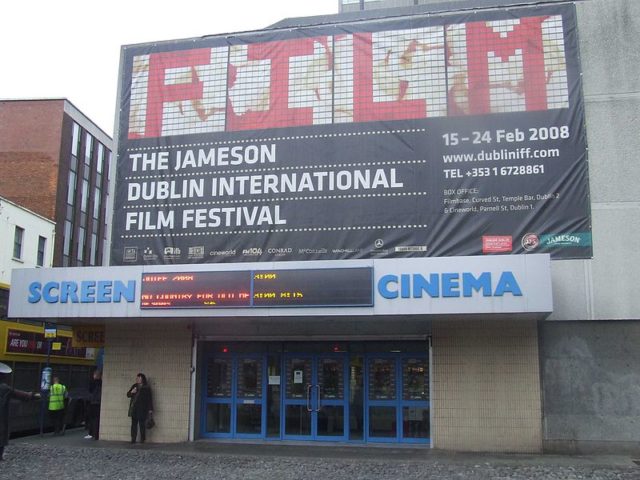
And in 1984, the place officially became known as the Screen Cinema. Nevertheless, it continued with its main focus on showing small, obscure, independent movies, either foreign or domestic. They especially avoided the Hollywood blockbusters, or any kind of mainstream cinema, thus earning its cult reputation in the process.
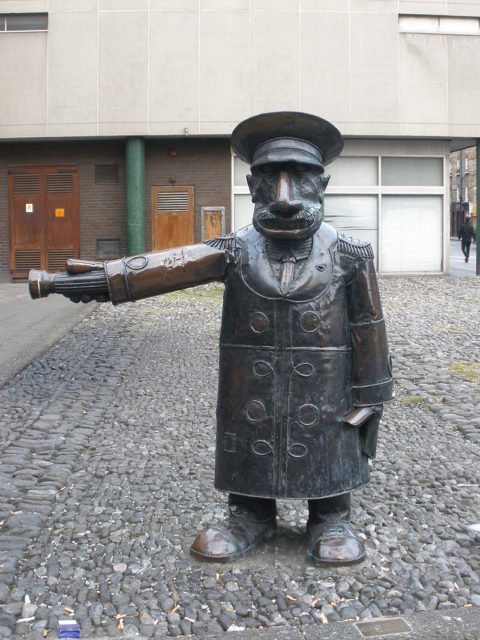
But, no matter what, Screen Cinema always had the avid filmgoers behinds its back. People who were more interested in watching sincere, truthful movies or undisputed classics. However, this simply wasn’t enough for the theater to survive. After 35 years of existence, the Screen permanently closed its doors to the public, on 19 February 2016. Speculations arose that the staff would have been transferred to the Savoy Cinema, but there was no clear confirmation of that.
